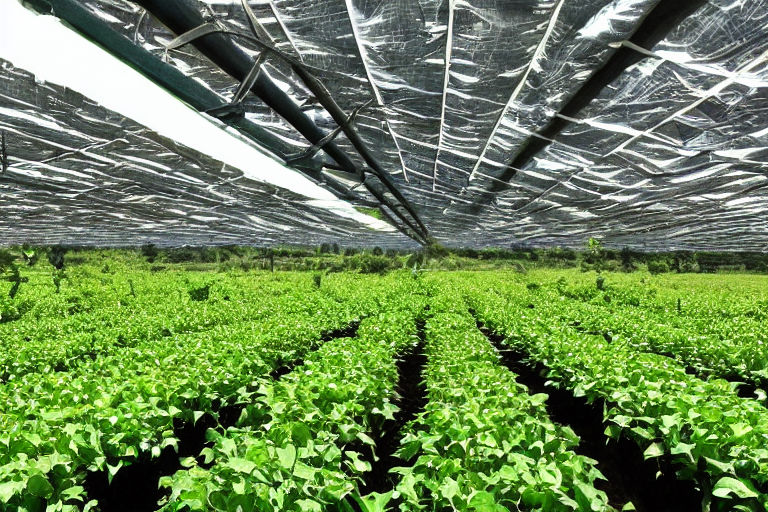Innovative Approaches to Sustainable Agriculture to Combat Environmental Challenges
The agricultural sector is the backbone of the global economy. However, the traditional methods of food production are no longer sustainable. There is an urgent need for innovative approaches to agriculture that can combat environmental challenges such as climate change, soil degradation, and water scarcity. In this post, we will explore some of the latest sustainable farming practices that can help us to feed the world while preserving the environment.
Regenerative Agriculture
Regenerative agriculture is a system that focuses on rebuilding the health and vitality of soil by utilizing natural inputs like compost, cover crops, and crop rotation. This approach encourages farmers to use fewer pesticides and fertilizers, which reduces soil degradation and enhances ecosystem health. Regenerative agriculture also sequesters carbon in the soil, mitigating climate change effects.
Precision Agriculture
Precision agriculture involves the use of technology to optimize crop yields while minimizing the use of resources. Through sensors, data analytics, and machine learning, farmers can monitor crop health, detect pests and diseases, and apply inputs like water, fertilizers, and herbicides with precision. This approach reduces waste, reduces the use of chemicals, and increases efficiency, resulting in higher yields and healthier crops.
Conservation Agriculture
Conservation agriculture is an approach that emphasizes the need to maintain soil health for long-term sustainability. The method involves reducing soil disturbance, keeping the soil covered, and crop rotation. By maintaining soil structure and fertility, farmers can reduce erosion, improve water retention, and enhance the biodiversity of soil organisms, leading to healthier crops.
Vertical Farming
Vertical farming is an innovative approach to crop production, where crops are grown in vertically stacked layers. This approach can help to mitigate the land and water use challenges associated with traditional agriculture. Vertical farming involves using controlled conditions such as LED lighting, hydroponics, and aeroponics to manage crops, optimizing plant growth and food production. This method also eliminates the need for pesticides and herbicides, complements organic farming and can provide local markets with fresh produce.
Conclusion
As the world population continues to grow, the need for sustainable agriculture practices increases. These innovative agricultural approaches put the health of the land, people, and animals at the forefront of food production while reducing environmental impact. Utilizing our scientific knowledge and technology, we can increase efficiency, yields and fight environmental challenges associated with agriculture.



